A reborn Mazda RX-7 was never ‘on’, says Mazda.
A new version of Mazda’s iconic RX-7 sports-car is officially dead. In fact, the project was never “on”, the managing executive officer of Mazda, Masahiro Moro, has formally confirmed.
Despite consistent speculation over the past three years Mazda was planning a rotary-powered sports-car in time for the engine’s 50th anniversary in 2017, Mr Moro has ruled it out once and for all -- even though development continues on the engine.
Speaking to Australian media at the Los Angeles motor show overnight, Mr Moro said: “Rotary engine development has continued. We have allocated some resources to keep developing engines (but) we never ever put a program of a sports car. That’s not on and off, that’s off.”
Mr Moro said engineers and enthusiasts inside Mazda were pushing for a reborn RX-7 or RX-8 sports-car but the company will instead invest in its mainstream models and more fuel-efficient engines to meet strict fuel economy targets in 2020.
“Maybe somebody has some dream, that’s fine having a dream, but from a business stand point … our focus is on increasing sales and revenue with existing product line. That’s my focus for the next two years,” said Mr Moro.
“We have continued to develop (the rotary engine) until it’s more relevant to today’s environmental standards. But if we put this engine into any mass production car? This project has not been ‘on’.”
Mr Moro said it might be possible to use a rotary engine to supplement a hydrogen-powered car or hybrid vehicle as a “range extender” because the 2020 emissions targets were “the biggest bar to jump over”.
“The rotary engine has a wider capability,” he said.
Meanwhile a successor to the turbocharged Mazda3 MPS hot hatch is a possibility, however.
“We are developing a turbo petrol (engine), but yet to announce where to use it,” he said. “We have to figure out if MPS (is the right solution).”
Mazda is believed to be developing a turbo petrol four-cylinder engine for the next generation CX-9 seven-seat soft-roader, but the company was burned badly after its previous turbo-petrol SUV, the superseded CX-7, was criticised for its thirst and a more economical version had to be rushed into production.
Mazda stopped building the RX-8, its last rotary-powered sports-car, in 2012 after it was phased out by emissions regulations.
Two years ago the chief engineer for the Mazda MX-5, Nobuhiro Yamamoto, told Carsguide: “Our dream is RX-7, not RX-8. Customers want RX-7.”
When asked about when the RX-7 might be revived, Yamamoto-san said: “The timing is very difficult. [But] now we are in rotary engine development.”
The Mazda rotary engine will celebrate its 50th anniversary in 2017, the RX-7 will celebrate its 40th anniversary in 2018, and Mazda as a company will celebrate its 100th anniversary in 2020.
“I cannot comment on timing,” Yamamoto-san said at the time.
Given that it takes three years to design, develop and engineer a new model, 2017 would likely be the earliest arrival date for a new RX-7.
Mazda built 811,634 two-seater RX-7 sports cars from 1978 to 2002, according to automotive history websites.
The four-seater RX-8, which had rear-hinged “suicide” doors on either side, notched up 192,194 sales between 2003 and April 2012, but was not deemed successful enough to continue with a new model.
Japanese car maker Mazda is well known for rotary engines but the technology was invented by a German engineer Felix Wankel, who first patented the unique design in 1929.
After unsuccessful attempts at production, Wankel sold the licence to the technology to Mazda and German car maker NSU (the predecessor to the Audi brand, who used it one model, the Ro80.
NSU stopped making the rotary-engine Ro80 in 1977 but Mazda had almost continuous production from 1967 (when it fitted a rotary engine to the Cosmo sports car) until April 2012, when the RX-8 was phased out.
Coming full circle, two years ago German car maker Audi announced it was considering using a rotary engine as a range extender in an experimental electric car.
Last year, Mazda said it was looking to use rotary engine technology to power as a “range extender” for an electric vehicle to be released in the coming years – which would then make it available to use in a sports-car such as the RX-7.
The rotary engine in an experimental Mazda2 hatchback driven by media at last year’s Tokyo motor show was just 330cc in capacity, about a quarter of the capacity of Mazda’s last rotary-powered sports-car, the RX-8.
Mazda said its electric car could travel up to 200km on battery power alone. But when that runs out, the scaled-down rotary engine (fueled by a 9 litre petrol tank) can recharge the onboard battery pack to provide a further 200km of travel.







.jpg)


.jpg)
.jpg)


.jpg)
.jpg)


.jpg)
.jpg)
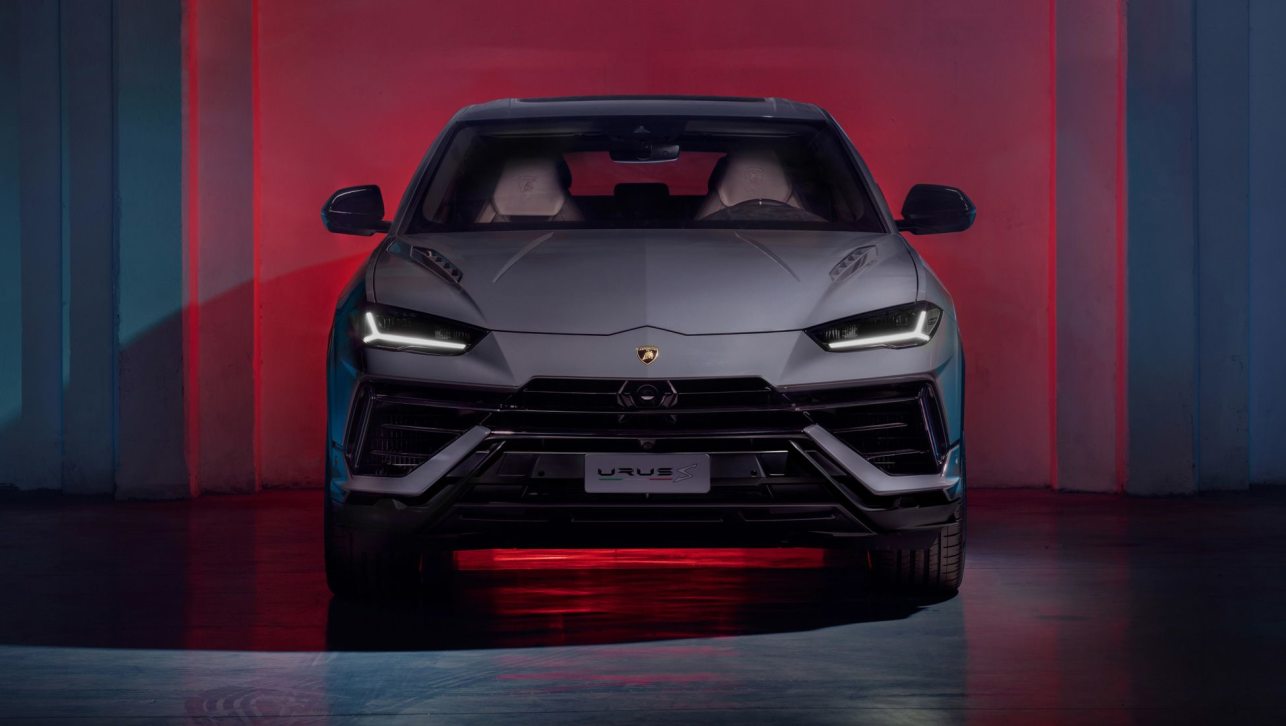
.jpg)
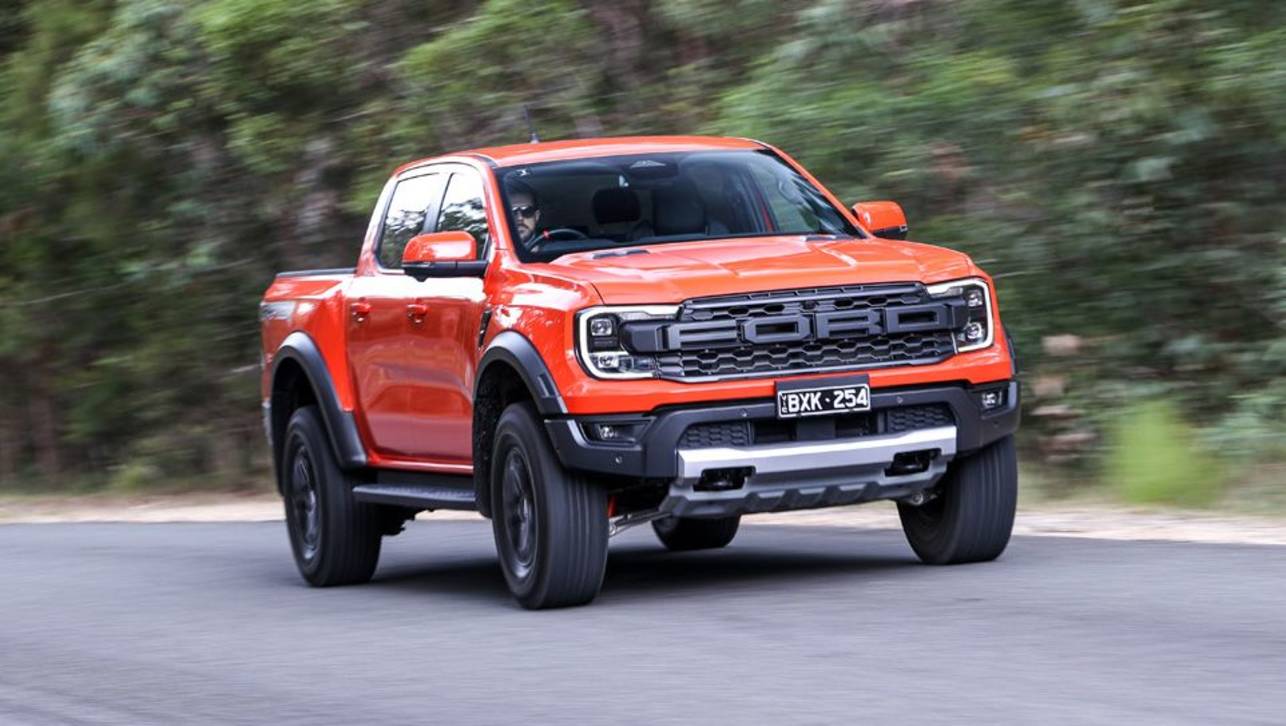
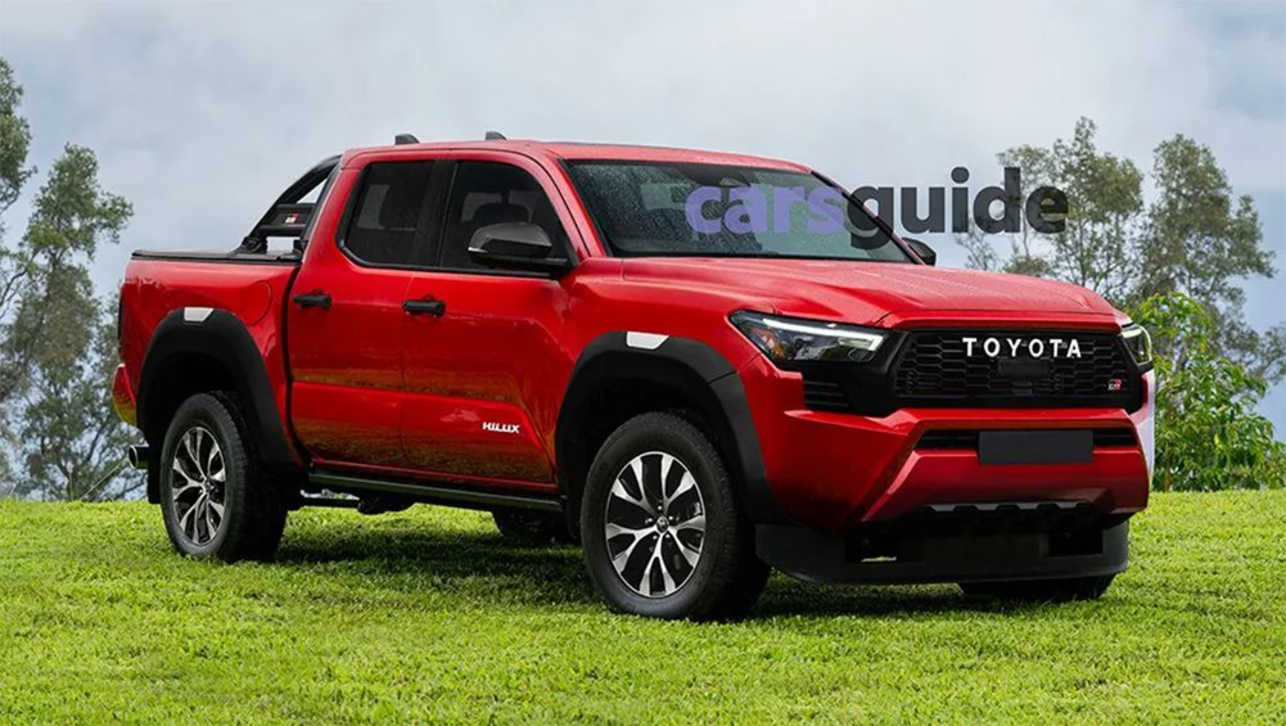


.jpg)

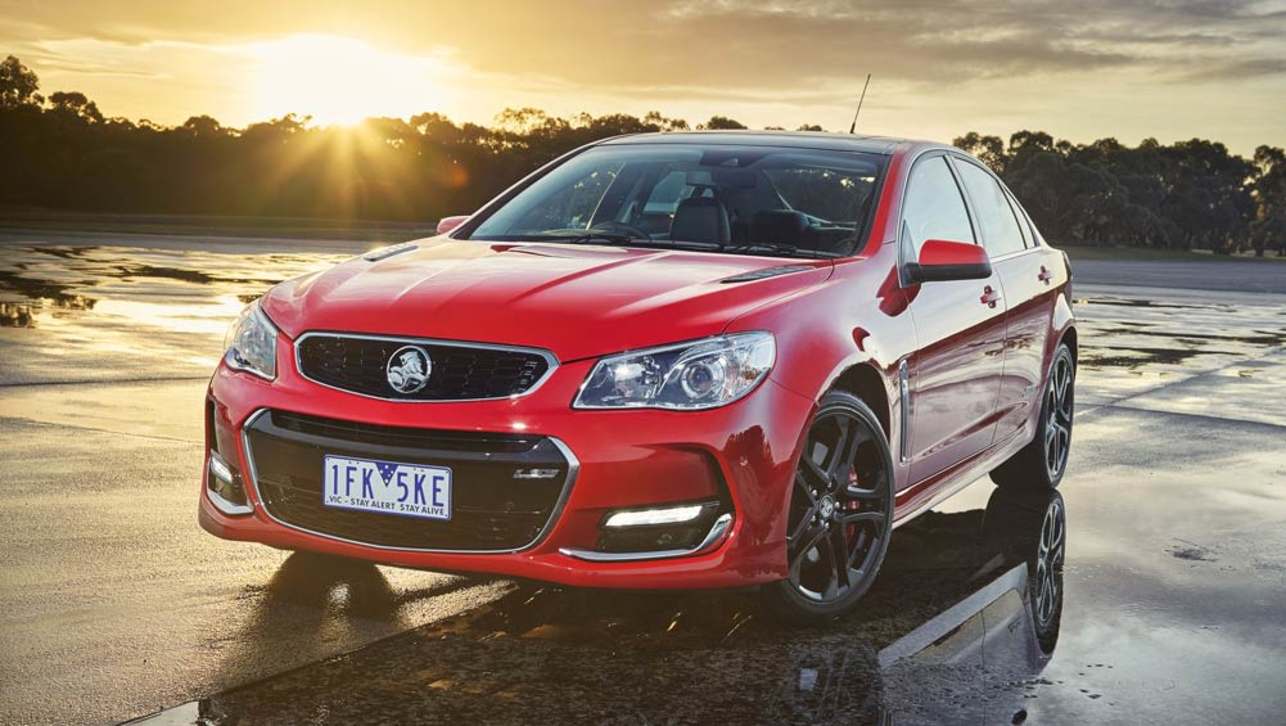
.jpg)
.jpg)

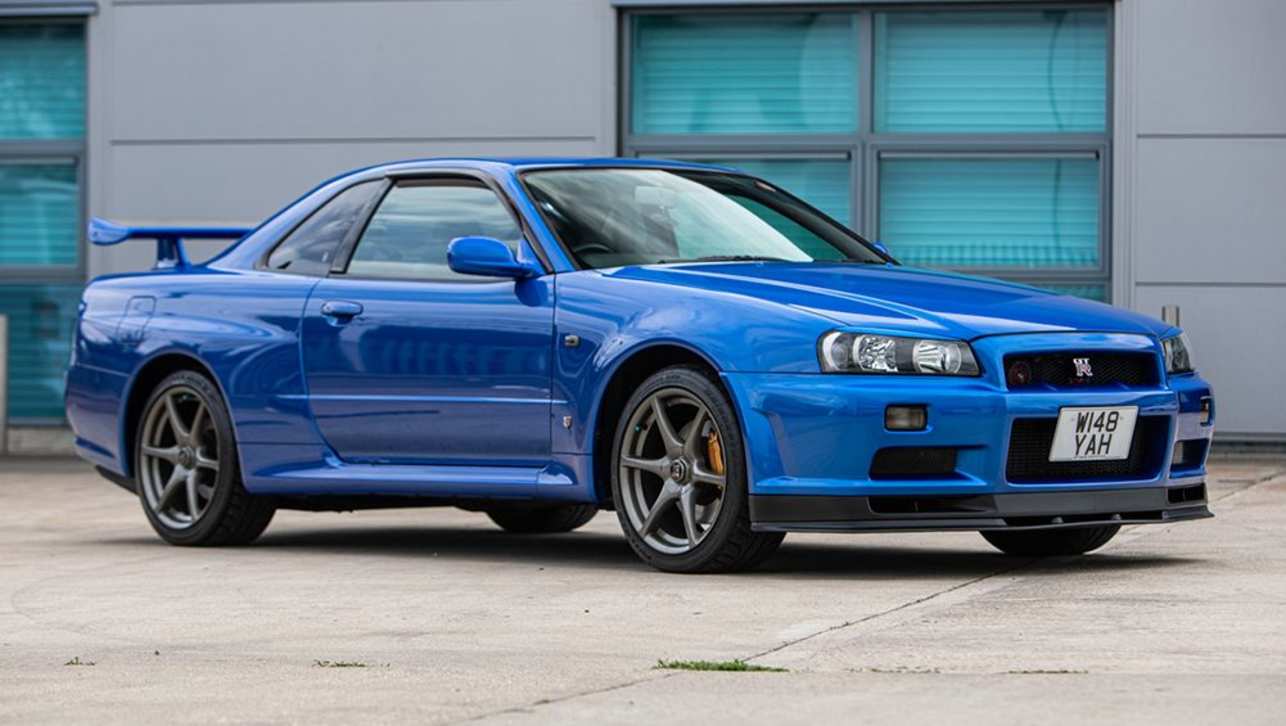




Comments